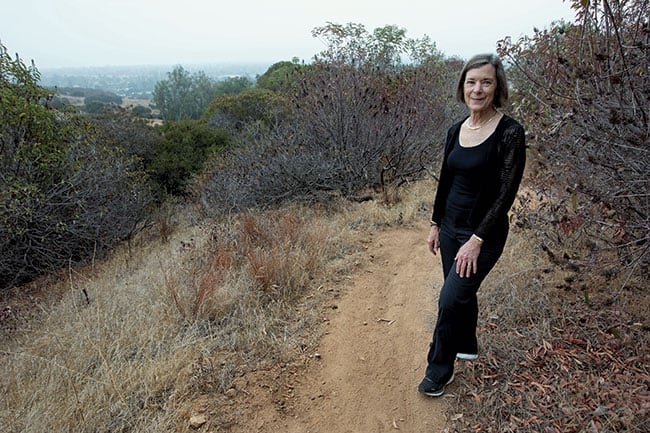The CWC is beginning a transition to digital-only distribution of our newsletter, and we want to be able to reach you with news and action requests. Please take a minute and join our email list!
Click here to join:
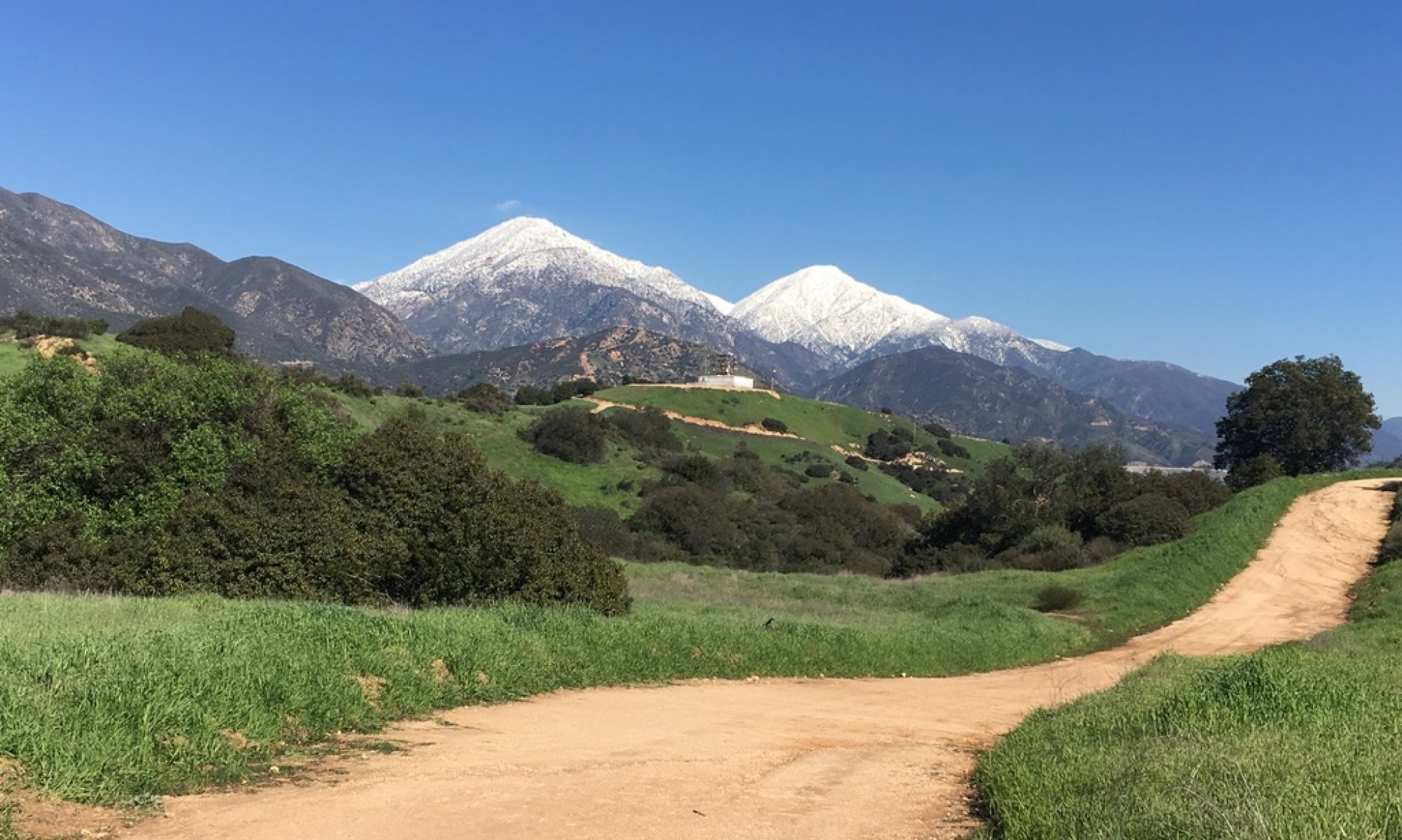
Preserving Our Hillsides
The CWC is beginning a transition to digital-only distribution of our newsletter, and we want to be able to reach you with news and action requests. Please take a minute and join our email list!
Click here to join:
The CWC continues to work to acquire and preserve hillsides properties. Please click the link below to help fund these preservation efforts.
We are currently working to acquire 80 acres just west of Johnson’s Pasture. We are still short of the full amount needed to complete the purchase and must raise the remaining funds by the end of March in order to meet the requirements of the grant that is funding the majority of the purchase.
Thank you for your continued support!
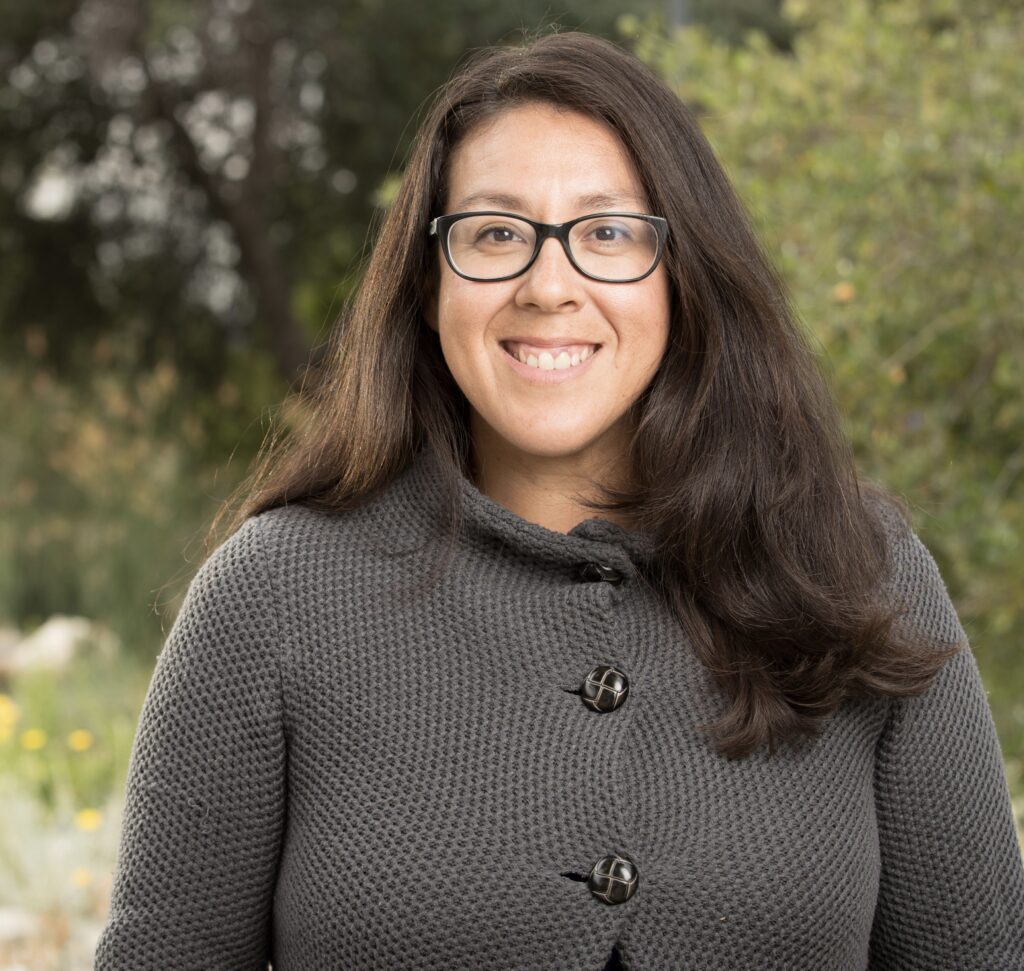
Dr. Naomi Fraga, botanist at our local California Botanic Garden and CWC Board member, has been featured in a May 22 article in the NY Times for her work studying endangered plants.
Dr.Fragas’ “ultimate goal is to secure endangered or rare species designations for the most threatened plants. That can lay the foundation to legally force land managers to make accommodations for threatened species,” points out the Times’s article.
If you do not have a NY Times subscription, you can read about the amazing and difficult work she does by googling “Naomi Fraga NY Times”.
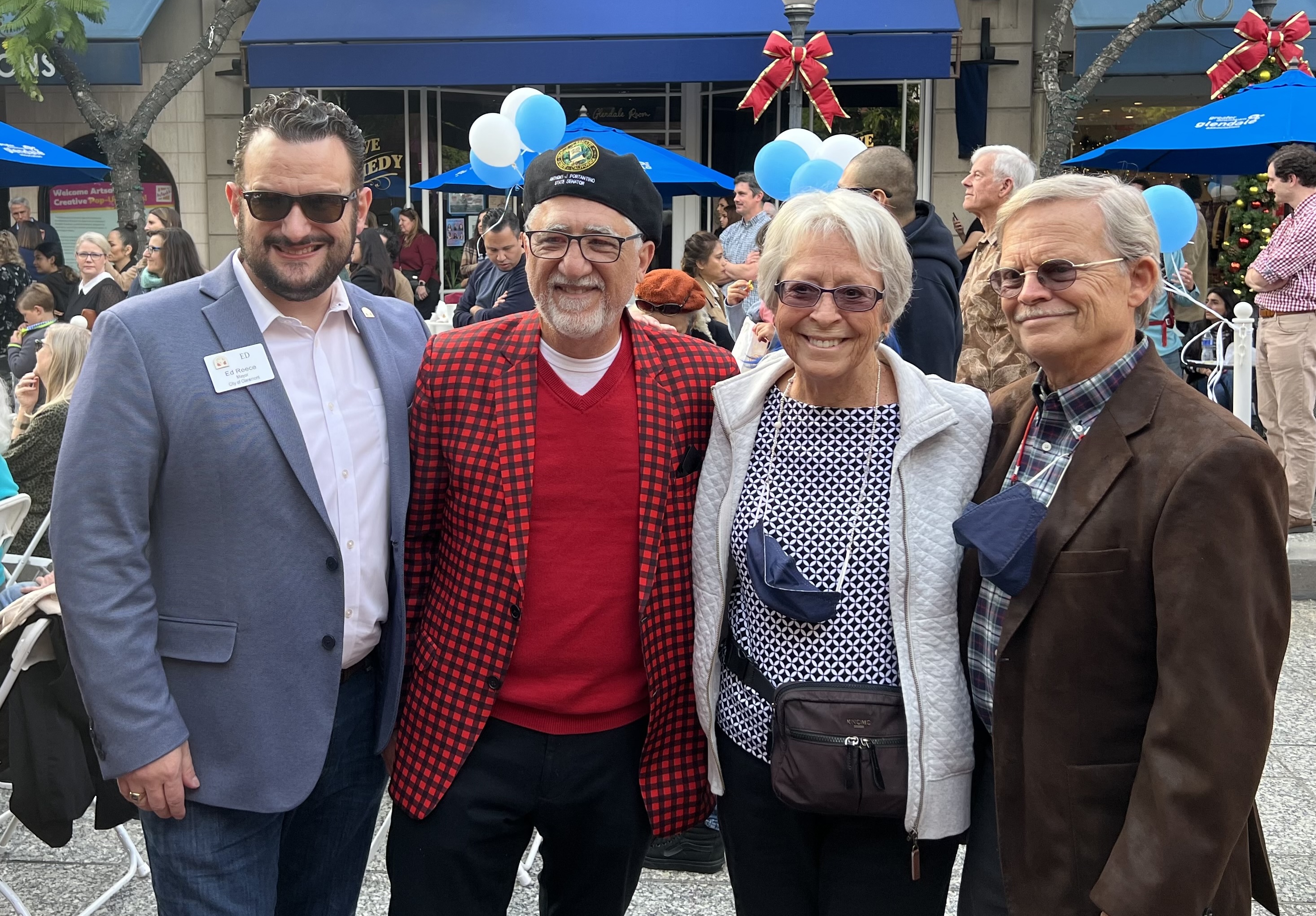
Lissa thanked Senator Portantino for his strong support last January of a major grant to save the Clara Oaks property from development. (The grant was from the San Gabriel and Lower Los Angeles Rivers and Mountains Conservancy.)
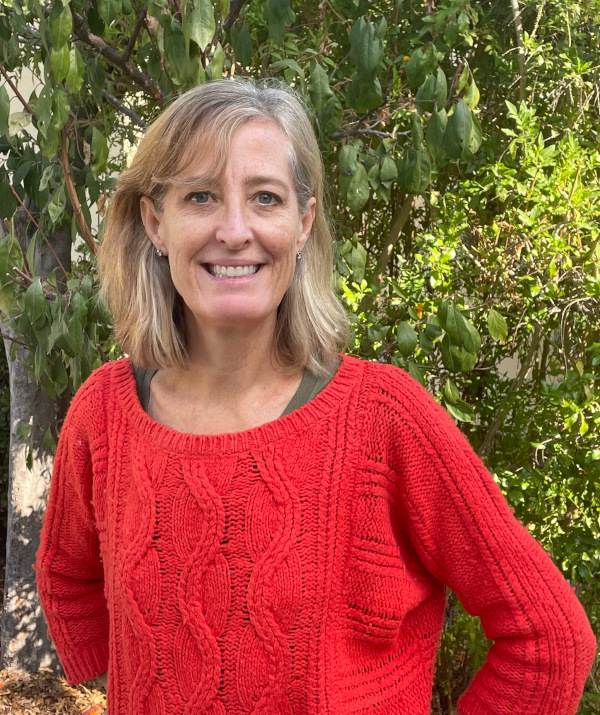
We are pleased to introduce the newest addition to the CWC Board of Directors: Sorrel Stielstra. Sorrel came to Claremont fifteen years ago and immediately threw herself into environmental, social, and economic justice issues through Sustainable Claremont.
Sustainability has been a life-long passion for her ever since childhood, owing in part to her father’s cutting-edge interest in energy efficiency and solar energy. She came to understand that social, economic, and environmental sustainability are linked. “You can’t attend very well to any of those without understanding that,” she said.
She also quickly discovered the joys of the Claremont Hills Wilderness Park when she arrived. Her major activity there is strolling with her dogs. She greatly appreciates the chance to relax and recharge.
“I just thought it was so spectacular that we had access to all of that open space with public access right above the city. It’s so congested down here. It’s very crowded, and being able to go up there just feels so lucky.”
“I felt really grateful to the people who had worked hard to to preserve that. We know that it all could easily have been developed. In so many places it is.”
Sorrel brings us her deep non-profit and governmental expertise from Sustainable Claremont as well as from her current job with Growing Inland Achievement, a regional “cradle-to-grave” non-governmental organization focused on educational and economic equity.
All these endeavors fit together within her larger sense of mission in the world: “the caretaking and preservation of resources and quality of life for people and animals and future generations.”
Welcome, Sorrel!
![]()
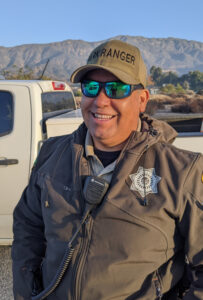
CWC Board Member John Norvell met Senior Wilderness Park ranger Jaime Torres at the Mills Ave. Park entrance and chatted about the COVID-19 pandemic and its impact on the Park and its visitors. Jaime has been a CHWP ranger for eight years, senior ranger for five.
JN: What are the aspects of being a ranger here in this park that you like the best?
JT: I think the interaction with people. We encounter so many different people every weekend that I’m out here. So I think the interaction with people and that’s really what makes this very good.
JN: What would you say have been the most challenging aspects of being a ranger in the CHWP during the COVID-19 pandemic?
JT: I think the most challenging would have to be the enforcement of certain rules that apply to the pandemic only: mask use, one-way trail hiking. You know, I think those are the greatest challenges. Having to enforce the mask rule was a real challenge for the rangers, having to stand at the front gate was a real challenge. But with that said, the cooperation that we got from the visitors was probably 90% or thereabouts, and that was pretty impressive to see.
JN: Yeah that’s more than lots of places.
JT: That’s more than lots of places and with minimal resistance. We didn’t have to get the police involved. We didn’t have to get any other groups involved and it was basically just the rangers. We’re able to communicate with people and just asking them to please abide by this rule. And we got very good cooperation, but it was very challenging to do that.
JN: What would you say the park meant to people when it reopened, because it reopened with those rules fairly early on, right?
JT: Yes. So I think with the Park being open, what that meant to people was the freedom to go out and explore. You know, a lot of other places were still closed. Most gyms at that time were still closed, other facilities were closed, so that’s what that meant to people, in my opinion: the ability to be able to get out of their houses and frequent the place where they can come out and do some exercise. So the City having this park open as a resource to these people who were stuck at their houses, it was huge. And I think that’s also part of the reason why they were so compliant to our requests to come out here and keep their distance from other people, one-way trekking, put your mask on—I think they understood that as long as they followed these rules, the park would remain open, which is a lot of help to us.
JN: Can you think of a specific example of somebody having a really good experience in the Park during the pandemic?
JT: Yeah, I think what I noticed is the people that had medical conditions, those people came to us and said, hey, thank you for being out here. We really appreciate you guys doing this. And they would disclose that they would have a certain medical condition and that they were concerned about being out here. So us rangers being out here and enforcing those rules, it really provided them a sense of, not necessarily security, but they felt better about being out here knowing that we were trying enforce the rules.
During those times, we experienced high numbers of visitors. A lot of the rangers, we spend most of our time educating people. During those times, we also had a lot of new visitors that were never familiar with the Park, or the rules of the Park, you know, stay on the marked trail, and so on. Don’t go off trail, dogs have to be on leash. So, we know there have been a lot of new visitors. They were not aware of the rules of the Park. So we also spent a lot of time enforcing not only the mask rules but also the regular, everyday rules. We still catch a lot of people that are going off trail. We still catch a lot of bikers that are, you know, doing damage to the trail. And I think that’s going to be an ongoing occurrence as long as the Park remains open.
The Claremont Wildlands Conservancy, in partnership with the Trust for Public Land, is spearheading a campaign to save the 103-acre parcel known as Clara Oaks from development and add it to the Claremont Hills Wilderness Park. CWC is putting $75,000 of our own funds (the bulk of our bank account) toward the purchase, and we are challenging Claremont residents and neighbors to match that amount. Raising $150,000 does not go very far toward the $7.2 million purchase price, but by showing community commitment, it makes it much more likely that we will succeed in obtaining the needed grants to cover the entire purchase. We are thrilled that we have reached the challenge goal but there is no reason to end the campaign. Every additional dollar carries the power of showing community support.

(Read more details in the following story)



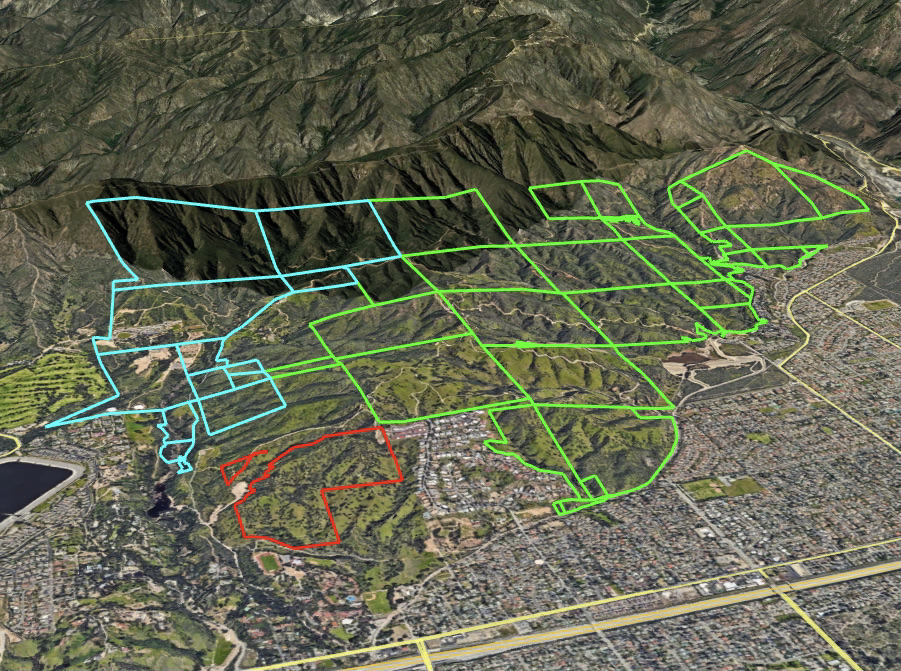
Green = parcels in Claremont’s Wilderness Park
Blue = parcels in LA County’s Marshall Canyon Park
Red = Clara Oaks
In 1995 almost all of the 3000 acres of Claremont’s foothills were in private hands. Today only 500 acres are and the 103 acres owned by Clara Oaks Estates, LLC are available to purchase and add to the Claremont Hills Wilderness Park if the Claremont Wildlands Conservancy can raise the appraised value of $7.2 million. The developer is willing to sell, but just in case we cannot raise sufficient funds, the owner has filed with the City of Claremont an application for a Specific Plan and accompanying Environmental Impact Report to develop 40 or more luxury homes on the parcel. We may have less than a year to secure Clara Oaks’ future as part of the wilderness park.
Clara Oaks bridges the slopes between Claraboya and Webb Canyon Road just north of Webb Schools. It is a beautiful natural landscape, the site of the eastern waters of the San Gabriel River watershed and home to numerous species of native plants, birds and animals. Its location helps to form a link between Claremont’s Wilderness Park and the Los Angeles County Marshall Canyon Regional Park which extends toward the green corridor along the San Gabriel foothills. Wonderful maps and a more extensive description of the birds, plants, animals and benefits of retaining this property as open space can be found in our “Clara Oaks Campaign Packet”.
We are fortunate to have the assistance of the national nonprofit Trust for Public Land to apply for grants from voter approved measures, governmental agencies and from local foundations. We are also working to raise local funds to fill funding gaps and demonstrate to major grantors that the community is committed. The Board of CWC has launched the local drive by pledging $75,000, the bulk of its budget, to the purchase. We are accepting donations to the Claremont Wildlands Conservancy through a PayPal portal on our web site or through checks sent to our mailing address. We are also able to accept pledges of funds using this form to be donated at the time of property ownership transfer.
Click on “Donate to CWC” on menu at the top to pledge or make a contribution.
If we succeed, we will save this splendid natural preserve for foxes and mule deer, for laurel sumac and western sycamores, and for hikers and nature lovers now and in the future.
